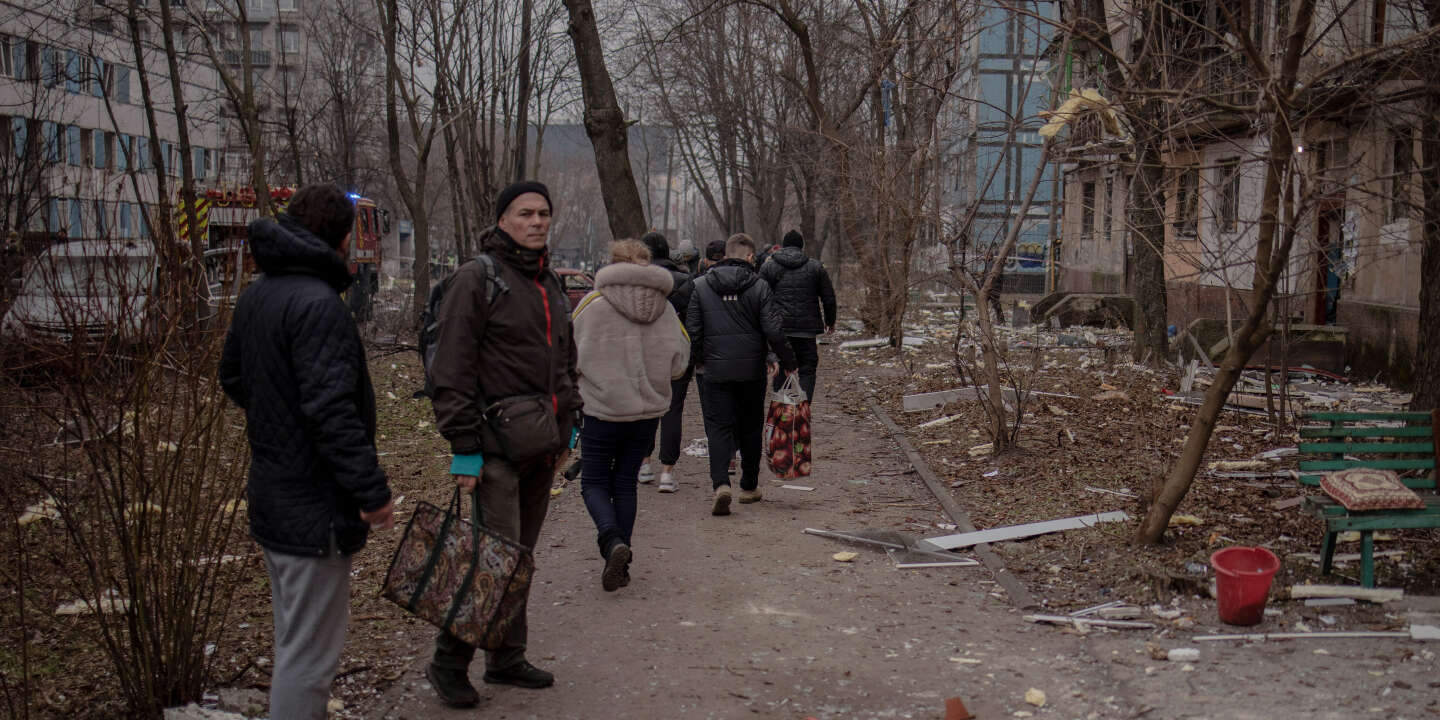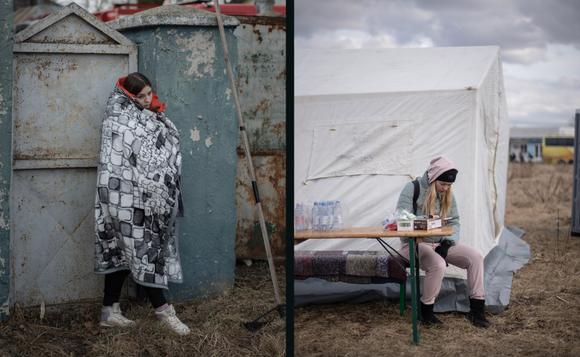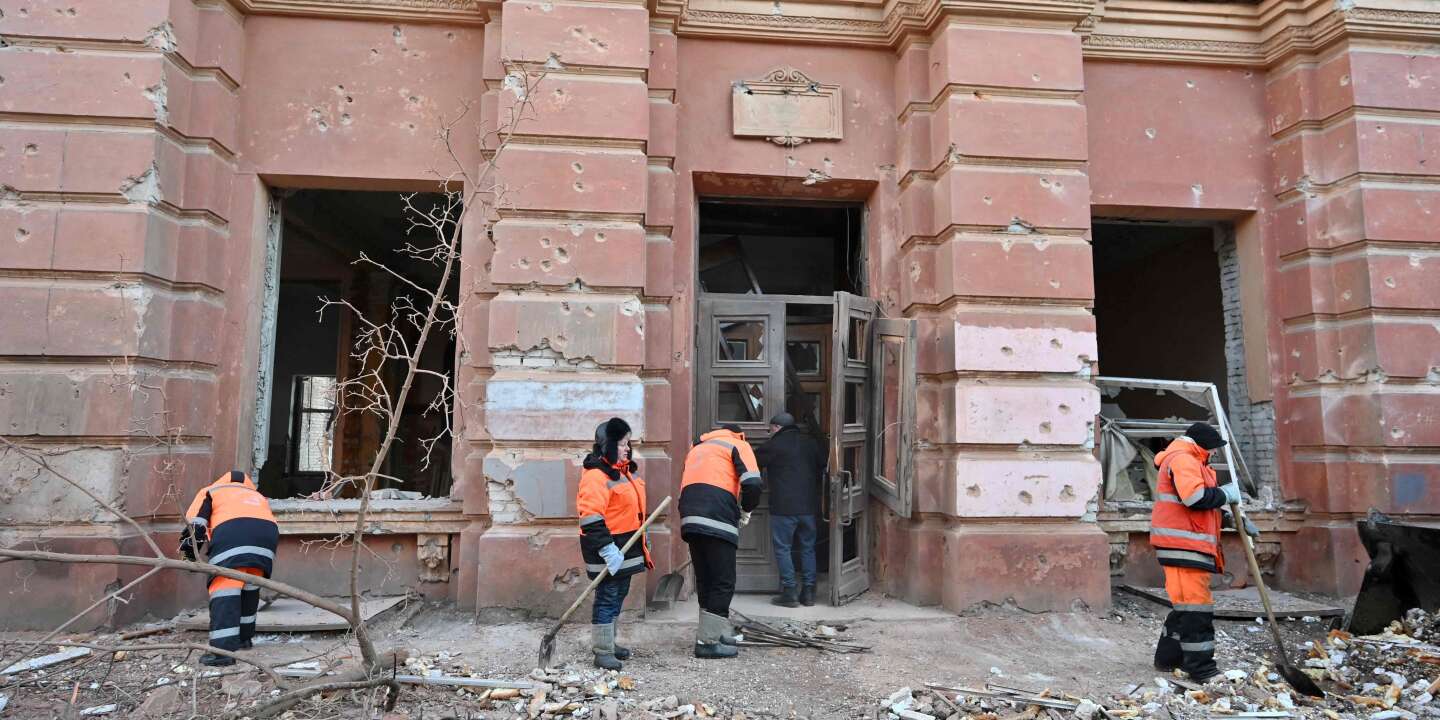The UN wants to raise $4.2 billion in humanitarian aid to the country in 2024

The UN wants to raise $4.2 billion for Ukrainians in 2024

The United Nations announced on Monday that it needs $4.2 billion in 2024 for humanitarian aid to Ukraine for millions of refugees who fled the country after the Russian invasion nearly two years ago.
“The latest wave of attacks is a reminder of the devastating cost of this war to civilians, as the harsh winter exacerbates the urgent need for life-saving humanitarian assistance”, underlines the UN. According to the organization, 14.6 million people in Ukraine will need humanitarian assistance this year, or 40% of the population, including 8.5 million that need to be reached as a priority.
The appeal for donations for Ukraine amounts to 3.1 billion dollars. It was $3.9 billion for 2023, but only 64% has been funded. So the UN decided to revise it downward this year and chose to focus on the most urgent needs.
“Hundreds of thousands of children live in frontline communities, scared, traumatized and deprived of the most basic things”recalls Martin Griffiths, Under-Secretary-General for Humanitarian Affairs, in a press release. “This simple fact should compel us to do everything possible to bring more humanitarian aid to Ukraine. Homes, schools and hospitals, as well as water, gas and electricity networks, are regularly targeted. It is the very fabric of society that is under attack, with devastating consequences. with. »
On refugees, Mr Griffiths and the UN High Commissioner for Refugees (UNHCR), Filippo Grandi, launched their aid plan at a joint press conference at the United Nations Office in Geneva, at the Palais des Nations. About 6.3 million people have fled Ukraine and are refugees mainly in Europe. The plan is expected to raise $1.1 billion to help 2.3 million of them and their host communities.
According to the UN, only half of school-age Ukrainian refugee children are educated in their host countries, and a quarter of refugees have difficulty accessing health care. Only 40 to 60% of them got jobs, often below their qualifications.





